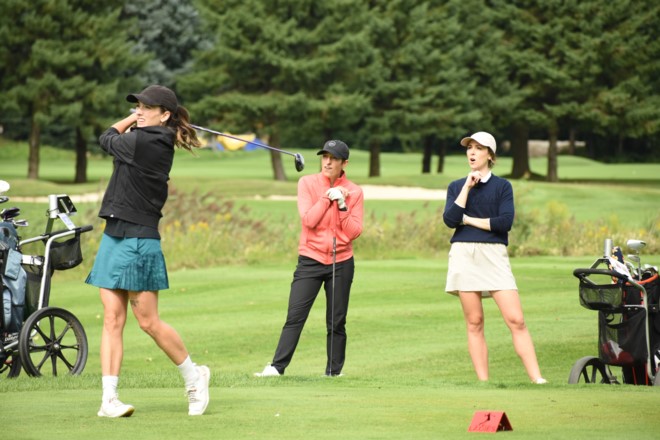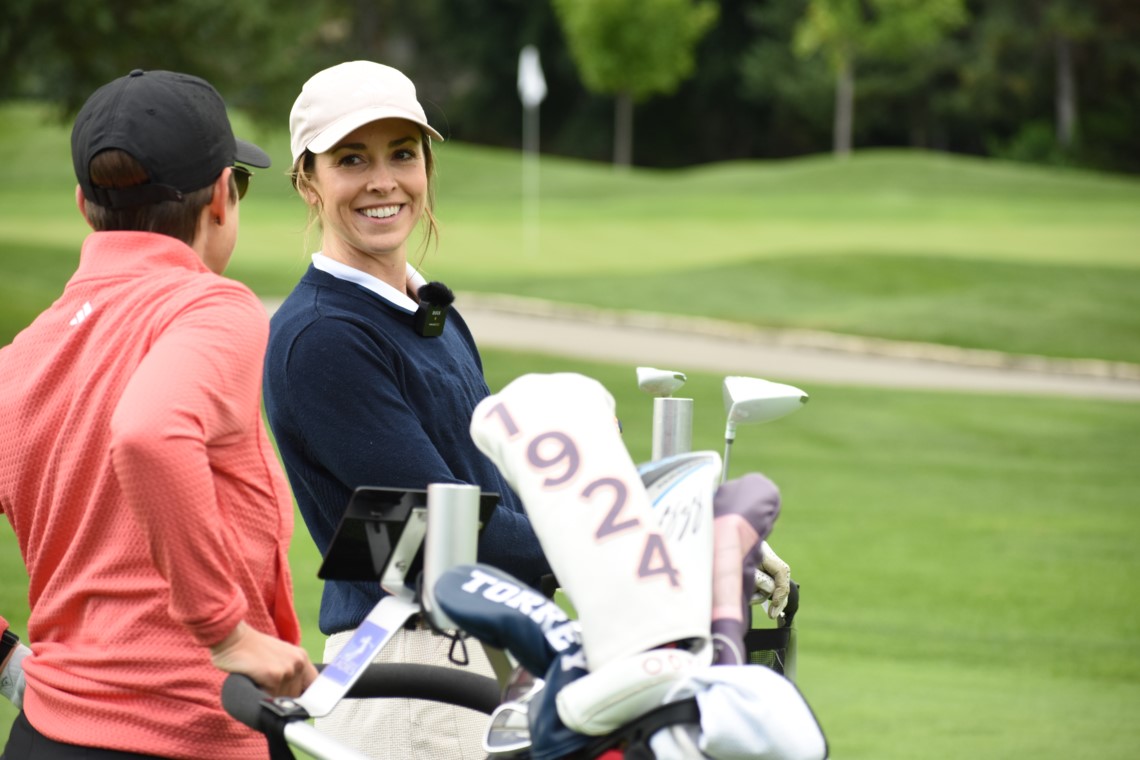I Played North America’s Only Female Golf Course; Here’s What I Learned
Stepping onto the Ladies Golf Club of Toronto, I’m struck by a feeling that I’ve arrived at a sanctuary. Not only is the gorgeous layout in Markham a refuge from the bustling city about 30 minutes south, but it's a home away from the noise faced by women who love the game. My friend Julie and I have been invited to play by head pro Jaime Steedman and the PGA of Canada has encouraged me to share my reflections.
This 100-year-old course is steeped in history, and it truly feels as though I’ve gone back in time. This place was built on grit and innovation that instantly filled me with admiration. A century ago, founder Ada Mackenzie created a place for women to golf. And here it remains.
It's a one-of-a-kind concept on this continent. It’s an all-female membership club where yes, men are allowed… but as guests.
This golf club was born out of practicality. It was 1924, not long after my gender had gained the right to vote. Mackenzie, winner of five Canadian Women’s Amateur Championships, couldn’t practice as much as she needed once the men came back from the war and dominated the tee times. She battled many skeptics but stuck to a vision and gathered support from those who believed in it; like friend and famed architect Stanley Thompson. In fact, the pair posed as a married couple in order to be taken seriously when enquiring about buying land.
When I think about Mackenzie rallying support for her concept, I imagine it went like this:
“Ladies. We need a place to call our own. A place where we can always get tee times because we arrange the tee times ourselves. A place where the men won’t scoff at us because, well, they won’t be there. We can finally move on from being female golfers and just… be golfers.”
“What about Persons, Ada? We can vote, but we’re still not Persons. Can we be Persons?”
“That’s a noble cause, Doris. Maybe one day. But first, let’s fix your slice.”
The course she built is a stunning one for its approximately 500 members. With weeping willows lining the fairway and one tree that some members have affectionately named Phyllis, it’s clearly a special spot.
“The golf course was commissioned to cater to women,” says Ladies' Golf Club Head Professional Jaime Steedman. “You see it in the tee placements, the length, the entryway to the greens, while still encompassing all the elements of a Stanley Thompson course.”
While playing, Steedman was reflecting on the legacy and said something that really stuck with me, “If this course opened in 2024 it would be headline news.”
She’s absolutely right. Golf for women still mostly exists under a mold set out by men, and one we’re constantly trying to fit into. Despite being a century old - this place is still relevant.

Since I started working in golf a decade ago, I’ve seen a greater emphasis on women’s golf overall among brands, courses and organizations.
I’ve covered some great initiatives to get women playing like Tee Up 4 Success; a program to help female executives learn the game so they don’t miss out on networking opportunities and the She Plays Golf Festival; a Golf Canada event to get women and girls to play golf in a welcoming environment.
The progress is impossible to miss, and yet it's juxtaposed by a perplexing amount of sexism. Still.
If you want to witness this in action, I encourage you to Google PGA pro golf coach Georgia Ball and the viral video of her receiving unsolicited advice about her swing from a man who has “golfed for twenty years”.
I rarely place my brain in a woe-is-me mindset, but on this day at the all-female club, we got no unwanted attention and it was a sad realization that it felt like an anomaly.
To paint a picture here of what it's like for regular women who golf, I needn’t reach far for material. I keep a box in the back nine of my mind labeled “female golfer stuff”, where memories of comments I’ve received on the course fester on a pile of broken tees and old golf gloves.
Firstly, as a female golfer I’m facing the common expectation that I’ll probably be bad despite how pro I dress or how great my clubs are (thank you adidas & TaylorMade Canada). And I know whiffing my tee shot in front of the clubhouse patio as everyone watches isn’t doing much to help that stigma, but it happens when I’m playing competently too.
During a round in Alberta last year, I had a really nice approach shot onto the 7th green. This memory would have remained just that, had a guy not immediately sped over in his golf cart to tell me, “I saw you set up, I didn’t expect it to go well, but wow it actually was a nice shot.”
I generally like my compliments served without the backhandness, sir. Thanks.
Before a round in Ontario in July, I plunked myself down on the driver's side of the golf cart next to my male counterpart and a female attendant asked if I’m “Okay to drive?”
When Julie and I attended a golf trade show a few months ago, we’d been there for mere minutes before getting the joke from a stranger, “Oh, they're allowing women on the golf course now?” It felt like we were characters in his sitcom. And he was his own laugh track. We moved on quickly because she was eager to look for new irons, but the selection of female left-handed clubs was lacking. Darn.

On this day, it was so nice for me to be golfing with Julie again. We’re often ruminating about how golf provides such a necessary break for the brain cells. We’ve hit up munis around the GTA as a duo for years but she’s had to go on a bit of a hiatus on account of motherhood. When she told me she was pregnant, we started excitedly swapping instagram posts of Michelle Wie, who made news when she took her daughter to the range 10 days after giving birth. We can’t all be tour superheroes, but it's inspiring to see a woman continue to do what she loves and is good at, while mom-ing.
Having both grown up in Alberta, Julie and I saw new parents getting out of the house and taking their young ones to the range, or enjoying a long walk on the fairway while their child slept in a stroller.
But as it turns out, most courses in Ontario won’t allow babies on the golf course. Even when she states that her stroller comes with protection and is happy to sign a waiver alleviating the course of legal responsibility, it's a no go. She expected getting out to play would be harder after having her son, but not this hard.
She says it should be up to parents to determine appropriate risk for their child. She puts it bluntly, “Risks are everywhere. I mean come on, I take my child on Highway 401.” Statistically, it's one of Canada’s most dangerous roads.
For many women my age without child care, the game is put on hold for years. So when we’re talking about barriers that still remain for women - this one is physical. And obvious.
For reasons like these, you can have all the programs in the world to get women into golf, but it's not guaranteed that they’ll stay there.
Steedman says building community is a big factor in keeping women playing, and it's one of the main reasons why Ladies Golf Club of Toronto has flourished. “It’s our ability to create really welcoming environments and spaces that are psychologically and physically safe to thrive in.”
It’s all feeling very full circle as I return my perfectly-sized push cart, say goodbye to Steedman (and of course Phyllis), drop Julie off and wonder when we can golf together again.




